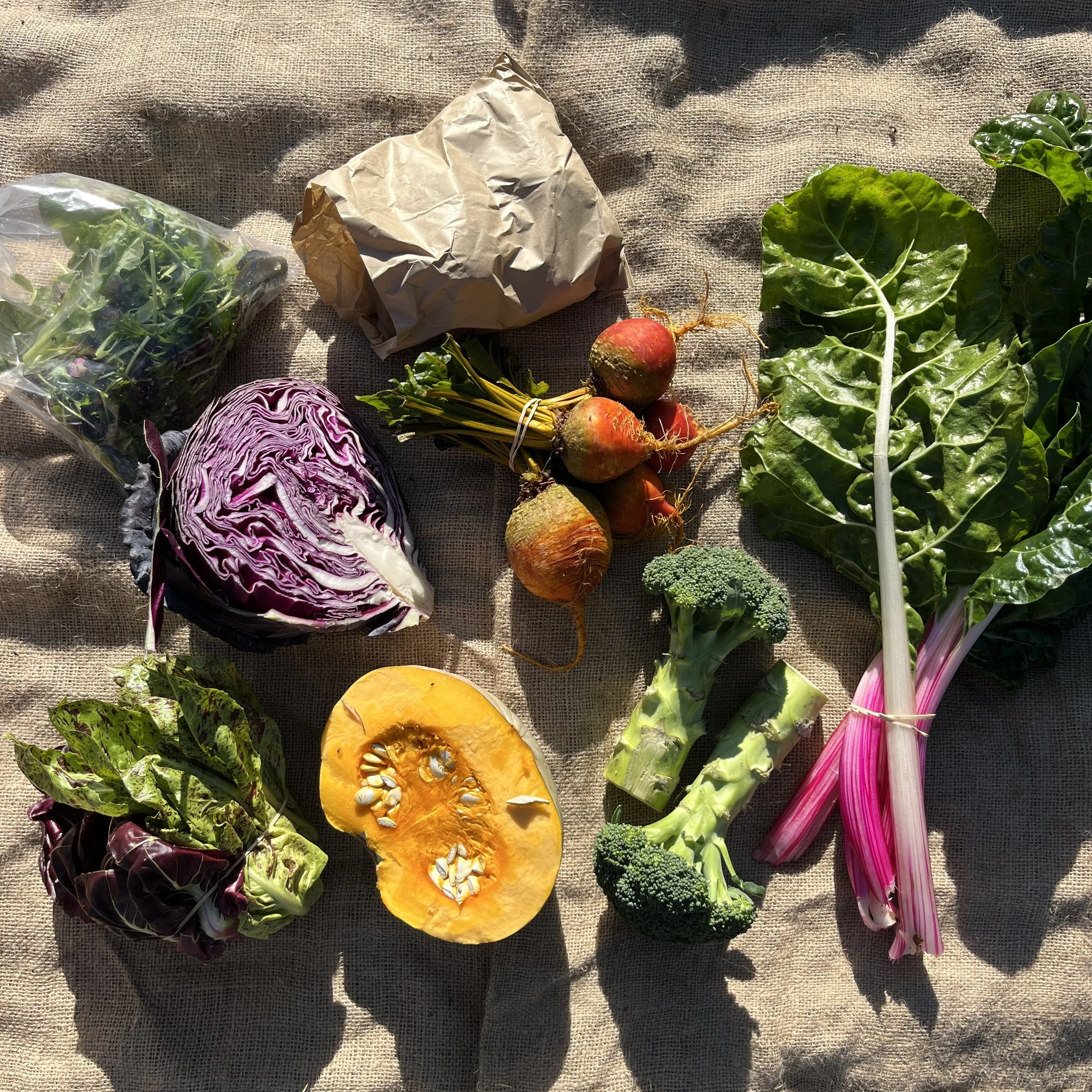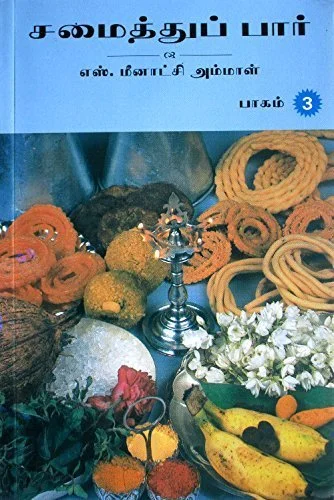Winter Vege Bag - Week 10
Click on any vegetable that has a link to see previous posts with recipes and cooking tips. You can also browse the filter the whole vege bag archive by vegetable here.
This week we have:
Salad (baby-leaf greens from both Ahoaho māra kai & Crooked Vege Ōtaki)
Silverbeet (Crooked Vege Ōtaki) or Kale (Common Property
Microgreens or Radicchio (Crooked Vege Ōtaki)
Beetroot or Carrots (Crooked Vege Ōtaki)
Pumpkins (Crooked Vege Ōtaki & Live2Give Organics)
Broccoli x2 (Live2Give Organics)
Cabbage (Common Property)
Potatoes (Mingiroa Farm)
Vege highlights, tips & recipes
Cabbage
Lemon Tahini Coleslaw
Coleslaw doesn’t have to be cabbage and 10 litres of mayonnaise. We add shredded carrots, beets, herbs, kohlrabi, fennel - anything crunchy. And we like to add fresh herbs or microgreens.
Changing up the dressing can really refresh this staple winter salad. An easy, delicious dressing:
3tbsp tahini (you could swap for peanut butter - or make your own tahini by blending sesame seeds (you need a powerful blender - it can help to toast the sesame first)
3tbsp lemon/lime/other citrus (or even vinegar - probably apple cider, wine or rice vinegar would be nicest)
salt
pepper
a small amount of warm water to help mix it
optional: chilli, garlic, ginger
Cabbage Baaji
I thought I’d share a recipe from one of my favourite cook books, Samaithu Paar - a Tamil (South Indian) book from the 1950s. I love this book, so I’ve written a little about it below, but firstly here’s the recipe:
Ingredients (approx 2 servings - serve with rice or roast veges)
There’s a very similar recipe for Carrot Baaji - you could add or adapt this to work with carrots, beets, fennel, kohlrabi, etc.
Split red lentils (1/4 cup)
Approx 1 cup shredded cabbage
2 tsp salt to cook cabbage
chilli (to taste)
1/2 tsp black mustard seed (you could probably sub with a little bit of wholegrain mustard)
3-5cm of ginger
6 cashews (or other nuts/seeds)
5-6 Curry leaf (bay leaf can work - but Sai’s Suprette & Spices in Paraparaumu sells fresh curry leaf)
1 lime/lemon
Asafoetida (available at Bin Inn and indian spice shops - substitute for finely chopped garlic, onions or leeks)
Rice (or cornflour) - optional
Method
Boil lentils til very soft. Approx 2.5:1 ratio of water to lentil - this assumes the lentils are dry (which is way cheaper than canned) - but if you are using canned lentils, skip this step and add the drained can of lentils after cooking the cabbage (step 2).
Blanch cabbage in salty water, add to lentils. If it seems too watery, thicken with a bit of rice or cornflour
Heat oil in a frying pan, add mustard seeds. Once they start “popping” (it sounds like popcorn), add finely chopped ginger, cashews. If you’re using garlic/onion/leek instead of asafoetida, add them now. If using asafoetida, wait.
Once the “raw” smell goes, add curry (or bay) leaf and asafoetida (if using) and immediately take off the heat.
Mix into the cabbage/lentil pot.
Samaithu Paar
It’s hard to find in English, but I had heard it was the book a lot of Tamil families give their kids when they leave home, so I sought it out - eventually finding a copy on a 2nd hand book website overseas. The recipes are super simple - they don’t resemble our association of indian food we have from NZ-Indian restaurants - these are homely recipes from rural India.
According to the author’s daughter, recipe books were “sacrilegious” in India in the 1950s - food was an oral tradition. But the author, S. Meenakshi Ammal, was tired of everyone in her village asking her to write down her recipes over-and-over-and-over-and-over again. This gave her the (at the time) unusual idea of writing them down, once, in a book. Most of her family forbade it, but she found support from her uncle who was a pioneer of the “library movement” in Tamilnadu.
The most recent english printing collates the 3 volumes into a “best of.”
The book is pretty unusual - the language is very plain and direct. There’s no embellishment and few pictures. Ingredients are often measured in charmingly imprecise ways (“a lump of tamarind the size of an orange or wood apple”).
The food is exceedingly simple - albeit a bit unfamiliar to the way we cook in most NZ homes. The ingredients are minimal - there’s maybe 3-5 different spices through the book. It’s practical food that was using what was locally available. All of the ingredients are available here - Sai’s Spices in Paraparaumu carries the less typical ingredients - curry leaf, asafoetida, tamarind and the less common varieties of lentils (to be honest, I just use whatever lentils or beans I have in the pantry).
I don’t like the idea of stealing IP, but the books is hard to source in english. There’s a few blogs online that share a lot of the recipes - here’s one. I believe I purchased the book here - although Abe Books is owned by Amazon now, so if you’re feeling righteous, there may be other 2nd hand book sellers carrying it.
Ka kite ano,
Jon



